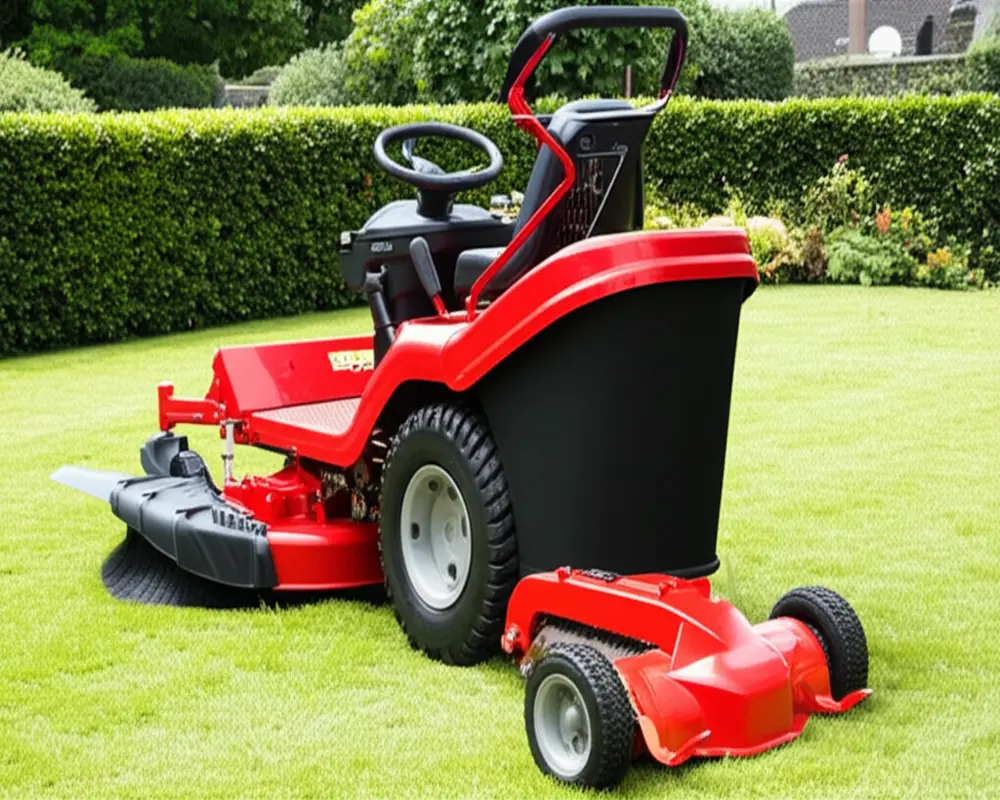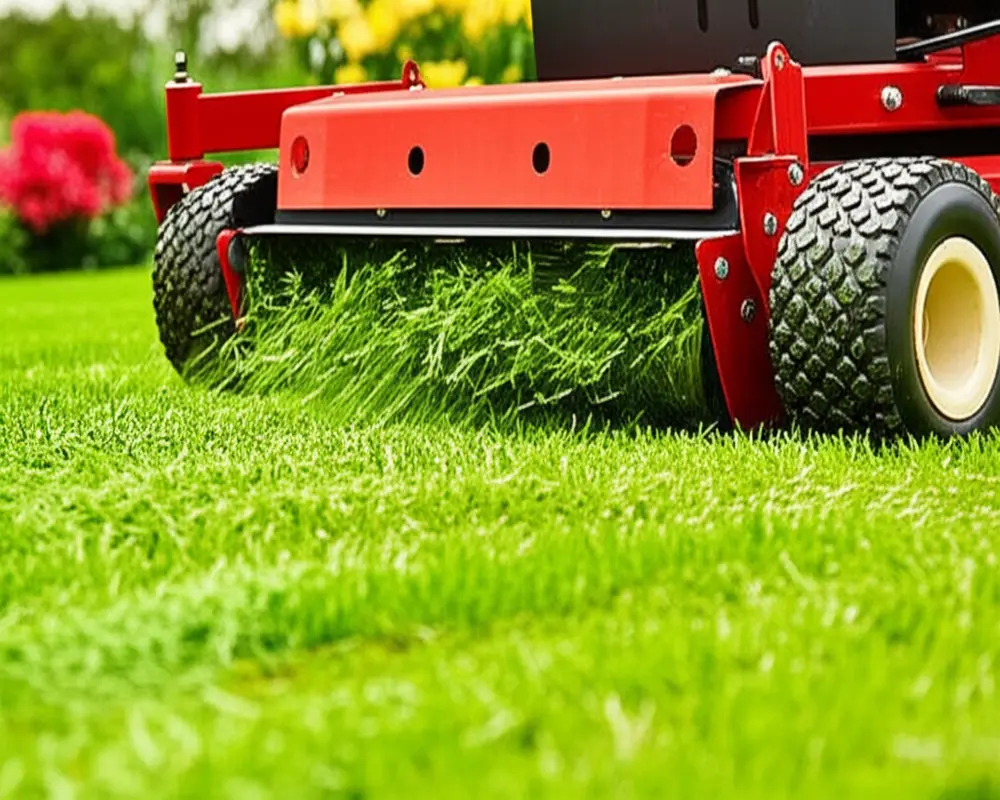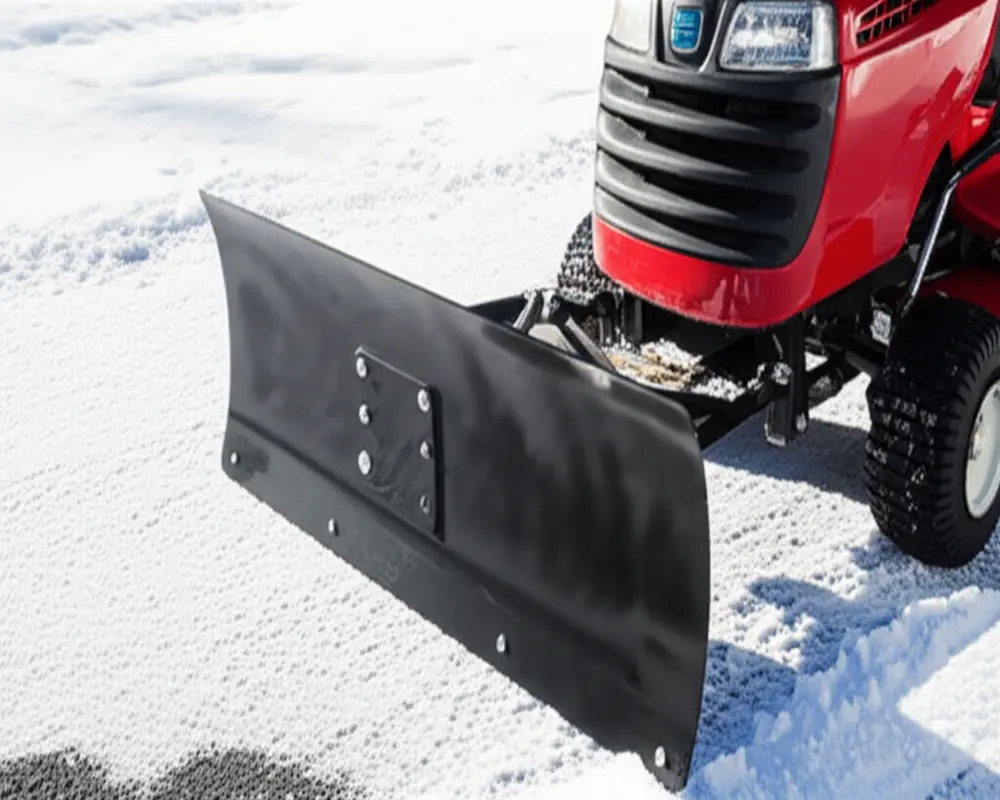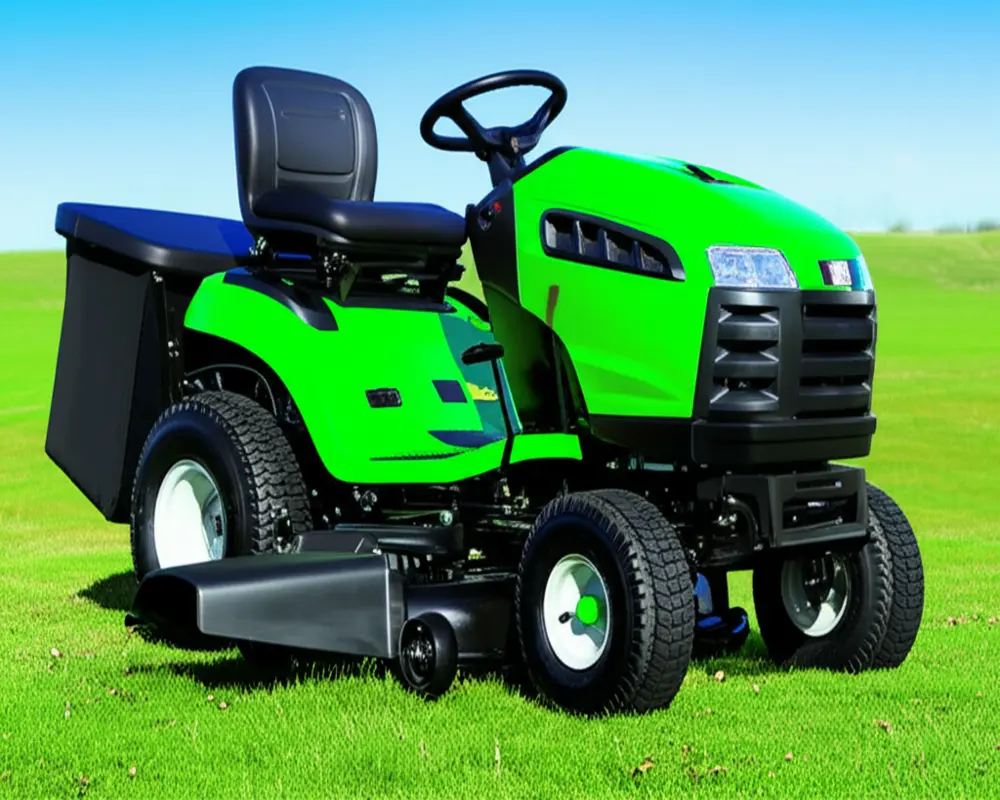Lawn Mower Attachment Guide: Enhance Yard Work Efficiency in 2025
Transforming your mowing experience begins with the right lawn mower attachments. These versatile accessories extend the capabilities of your mower beyond simple grass cutting, allowing you to achieve a healthier lawn, save time, and maintain your yard throughout the year. Whether you own a riding mower, zero-turn mower, or a walk-behind model, selecting compatible attachments tailored to your needs can revolutionize your yard care routine.
Thank you for reading this post, don't forget to subscribe!This comprehensive guide will walk you through everything you need to know about lawn mower attachments in 2025—from understanding compatibility to choosing essential and specialized tools, and ensuring proper installation and maintenance for lasting performance.
Understanding Compatibility: Key to Selecting the Right Attachments
Choosing the right lawn mower attachments hinges on understanding your mower’s compatibility. Different types of mowers offer varying attachment capabilities, and a mismatch can lead to ineffective use or even damage.
There are several mower categories to consider:
- Riding Lawn Mowers and Lawn Tractors typically support a wide range of attachments, including tow-behind, front-mount, rear-mount, and PTO-driven tools. Their robust frame and engine capacity make them ideal for heavy-duty tasks.
- Zero-Turn Mowers (ZTRs) feature unique mounting options that may limit the type of attachments you can use, especially in front or rear mounts.
- Push or Walk-Behind Mowers offer limited, yet useful attachments like baggers and mulching kits, perfect for smaller yards.
- Garden Tractors are heavy-duty machines often equipped with hydraulic and PTO systems, accommodating a broad range of attachments for demanding work.

Critical compatibility factors include:
- Hitch Types: Know the difference between pin hitch, sleeve hitch, and 3-point hitch systems, as these determine how attachments connect to your mower.
- Engine Horsepower and Mower Weight: Match attachment demands with your mower’s engine power and structural capacity to ensure safe and efficient operation.
- Power Take-Off (PTO) Systems: Understand whether your mower uses mechanical or electrical PTO systems, as this affects the types of powered attachments you can use.
- Hydraulic Systems: Essential for operating heavy-duty attachments like snow plows and cultivators.
- Manufacturer Specificity vs Universal Fit: Some attachments are designed specifically for certain brands and models, while others offer universal compatibility with adapters.
- Tire and Axle Capacity: Consider these for safety and performance, especially when adding heavy or tow-behind attachments.
Understanding these factors ensures you select attachments that not only fit but also optimize your mower’s functionality. For more detailed insights on mower types and capabilities, explore our guide on common lawn mower troubleshooting.
Essential Lawn Mower Attachments: Overview and Selection Insights
Equipping your mower with the right attachments can enhance mowing efficiency, improve lawn health, and provide utility for various tasks. Here’s an overview of essential attachments to consider:
Mowing and Collection Enhancements
Attachments that improve grass cutting and collection include:
- Baggers / Grass Catchers: Available in various capacities, these attachments collect clippings to keep your lawn tidy. Ease of installation and emptying varies by design.
- Mulching Kits & Blades: Mulching kits finely chop grass clippings to nourish your lawn naturally. Installing mulching blades and kits can significantly enhance lawn health by recycling nutrients.

- Striping Kits: Create professional-looking lawn patterns for aesthetic appeal.
- Side Discharge Chutes: Standard on many mowers, these can be upgraded for optimized grass dispersal.
Lawn Health & Soil Care Tools
Maintaining soil health is vital for a vibrant lawn. Consider these attachments:
- Dethatchers / Power Rakes: These remove moss and thatch buildup, promoting air and nutrient flow to roots.
- Aerators: Available as plug or spike types, and in tow-behind or drum styles, aerators reduce soil compaction and improve water absorption.
- Spreaders: Broadcast or drop spreaders distribute seed, fertilizer, or lime evenly; calibration and capacity vary by model.
- Lawn Rollers: Water-filled or solid rollers help level the lawn and improve seed-to-soil contact.
Utility & Hauling Attachments
For added convenience, utility attachments expand your mower’s capacity to transport and manage yard materials:
- Utility Carts / Trailers: Dump carts and flatbed trailers made from durable materials enable hauling soil, mulch, or tools.
- Sprayers: Spot and broadcast sprayers with various tank sizes facilitate lawn treatment applications.
- Lawn Sweepers: Collect leaves and debris efficiently with high-quality brushes and hopper systems.
Seasonal & Specialized Attachments
Extend your mower’s utility throughout the seasons with these specialized tools:
- Snow Plows / Blades: Front-mount plows clear snow efficiently during winter months.
- Snow Blowers: Two-stage models provide powerful snow removal for driveways and sidewalks.
- Grading / Box Blades: Useful for landscaping and gravel work, providing surface leveling and soil distribution.
- Cultivators / Tillers: Rear-mount garden tractor attachments prepare soil for planting through tilling and cultivation.

How to Choose the Right Attachment: A Step-by-Step Method
Selecting the ideal attachment involves a thoughtful process balancing your lawn’s needs and mower’s capabilities.
Assess Your Lawn and Property Needs
Consider your yard’s size, terrain, and specific challenges like slopes or thick grass. Define your desired outcomes—whether it’s improved grass health, debris collection, or seasonal maintenance—and determine how frequently you intend to use attachments.
Evaluate Your Current Mower’s Capabilities
Review your mower’s engine power, hitch compatibility, and whether it has a PTO system. Consult the owner’s manual for specific attachment guidelines and restrictions. Matching these specifications ensures safety and performance.
Consider Budget and Storage
Decide whether purchasing attachments or renting them is more cost-effective based on your usage. Also, factor in storage space and maintenance demands to ensure longevity and ease of use.
Research Brands and Reviews
Investigate product credibility and user experiences. Trusted brands often provide better warranty coverage and customer support.
Prioritize Needs and Phase Investments
Start with essential attachments that address your most pressing yard work needs. Over time, expand your collection based on evolving requirements and budget.
Installation, Usage, and Maintenance Tips
Safe and Correct Installation Procedures
Follow the manufacturer’s manual carefully when installing attachments. Pay attention to safety protocols, hitching techniques, and secure PTO or electrical connections to prevent accidents.
Effective Operation With Attachments
Adjust mower settings to accommodate attachments, manage weight distribution, and maintain traction. Maneuver tow-behind and front-mount attachments with care, especially on uneven terrain.
Attachment Maintenance
Regularly clean and lubricate attachments to prevent rust and wear. Conduct inspections before and after seasonal use, store equipment in dry conditions, and address any operational issues promptly with professional assistance if needed.
Frequently Asked Questions (FAQs)
Are attachments universal or mower-specific?
Many attachments are designed for specific mower models or brands, but universal fit options exist with compatible hitch or mounting adapters. Always verify compatibility before purchase.
Can riding mower attachments be used with zero-turn mowers?
Zero-turn mowers have unique mounting systems and may not support all riding mower attachments. Check manufacturer specifications to ensure compatibility.
Is it more cost-effective to buy or rent attachments?
Buying attachments makes sense for frequent use, while renting can be economical for occasional tasks. Consider your usage frequency and storage capabilities.
How to determine mower engine power sufficiency for attachments?
Consult your mower’s manual for recommended horsepower ranges for attachments. Exceeding these limits can strain the engine and reduce lifespan.
What are must-have attachments for average homeowners?
Baggers, mulching kits, and utility carts are practical choices for maintaining a healthy, tidy lawn without complex operations.
How often should attachments be maintained?
Perform maintenance before and after each season, and inspect regularly during use to ensure safety and functionality.
Conclusion: Maximizing Your Lawn Mower’s Capability for a Beautiful, Healthy Yard
Investing in the right lawn mower attachments unlocks new possibilities for efficient, effective yard care. By understanding compatibility, selecting essential tools, and maintaining them properly, you can enjoy a healthier lawn and save time and effort year-round.
Smart selection paired with consistent upkeep ensures your mower remains a reliable partner in your outdoor maintenance. For detailed product reviews and further tips, visit Consumer Reports on Lawn Mower Attachments and the University of Minnesota Extension Lawn Care.
About the Author and Expert Team
This guide is crafted by a team of lawn care professionals and power equipment experts committed to providing accurate, unbiased, and actionable information. Drawing from practical experience and research, we aim to empower homeowners with the knowledge to make confident decisions and achieve exceptional lawn care results.

